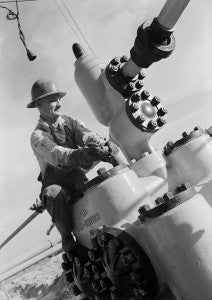 After nearly ten months of waiting, California regulators at the state’s Air Resources Board stepped up this month in a big way to reduce emissions of the powerful greenhouse gas methane from the state’s oil and gas industry.
After nearly ten months of waiting, California regulators at the state’s Air Resources Board stepped up this month in a big way to reduce emissions of the powerful greenhouse gas methane from the state’s oil and gas industry.
For a state that prides itself on leading the charge to fight climate change, it was odd to see California had been lagging behind others when it came to addressing methane pollution. After all, methane is such a powerful short-term climate forcer that it’s responsible for a quarter of the warming we feel today. Now, by introducing long-awaited draft rules tackling the problem, the golden state has put itself back in the game.
A rule worthy of praise – with still room for improvement
Several provisions in the draft rule represent some of the strongest standards in the nation and have the potential to seriously advance the conversation on methane controls. Among them, the new rule proposes to cover both new and existing sources in oil and gas fields – something that should draw the federal government’s attention as it contemplates whether to include both types of categories in its proposed national rules. The rule also uses better science than prior proposals – evaluating methane’s impact based on its 20-year impact rather than a longer 100-year value. Read More










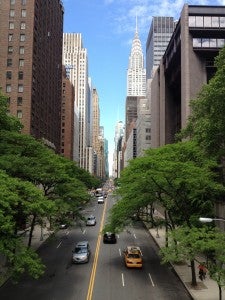 It has been about six years since an Environmental Defense Fund (EDF) staffer first looked out the window in our New York City office, saw black smoke coming from a building’s chimney, and wondered what it was. This concern led to EDF’s
It has been about six years since an Environmental Defense Fund (EDF) staffer first looked out the window in our New York City office, saw black smoke coming from a building’s chimney, and wondered what it was. This concern led to EDF’s  By:
By: 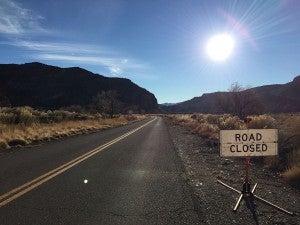 If you want a good example how bad government can kill good jobs and clean energy innovation, take a look at what’s happening in Nevada, where a decision by Governor Brian Sandoval’s appointees, pushed by NV Energy Inc., essentially killed the thriving local solar energy industry.
If you want a good example how bad government can kill good jobs and clean energy innovation, take a look at what’s happening in Nevada, where a decision by Governor Brian Sandoval’s appointees, pushed by NV Energy Inc., essentially killed the thriving local solar energy industry.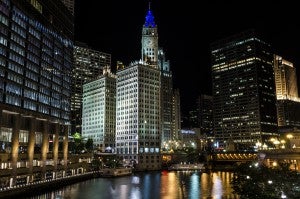 I’ve always been proud to be from Illinois. As a Midwestern girl who went out East for college, I spoke often about the wonders of my hometown of Chicago: from our miles of gorgeous public lakefront, to our proud history as the home of the first skyscraper. We have a scrappy side, too. As a city that rebuilt itself from scratch after the Great Chicago Fire of 1871, we’ve always worn the title, ‘Second City’ as a badge of honor (and a chip on our shoulder, when it’s used as anything but a compliment).
I’ve always been proud to be from Illinois. As a Midwestern girl who went out East for college, I spoke often about the wonders of my hometown of Chicago: from our miles of gorgeous public lakefront, to our proud history as the home of the first skyscraper. We have a scrappy side, too. As a city that rebuilt itself from scratch after the Great Chicago Fire of 1871, we’ve always worn the title, ‘Second City’ as a badge of honor (and a chip on our shoulder, when it’s used as anything but a compliment).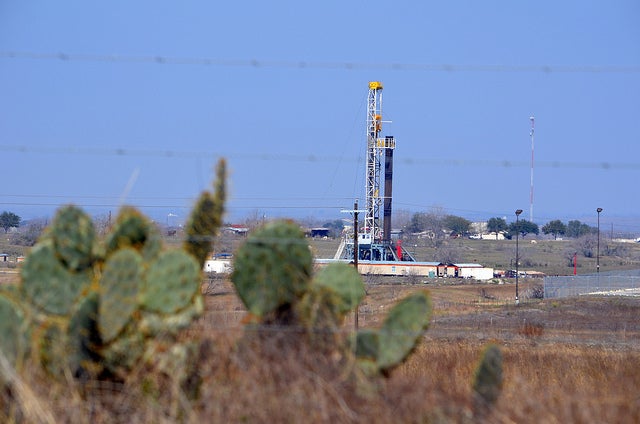 The west is rightly known for mountain views and desert vistas. Many of these landscapes are managed by the U.S. Department of Interior’s Bureau of Land Management (BLM) on behalf of all Americans. But something else is a major part of the region as well – tens of thousands of oil and gas wells and their associated infrastructure.
The west is rightly known for mountain views and desert vistas. Many of these landscapes are managed by the U.S. Department of Interior’s Bureau of Land Management (BLM) on behalf of all Americans. But something else is a major part of the region as well – tens of thousands of oil and gas wells and their associated infrastructure.